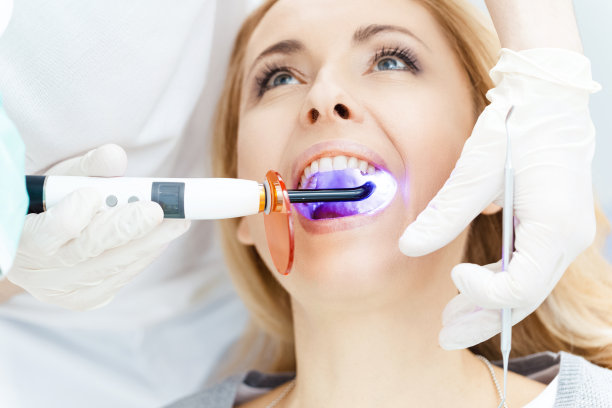The Essential Guide to Extracting a Tooth for Optimal Oral Health and Post-Procedure Care Tips
Summary: Tooth extraction is a common dental procedure that can significantly improve oral health when necessary. This guide explores the essential aspects of tooth extraction, including the indications for the procedure, the extraction process, post-procedure care, and tips for a smooth recovery. Understanding each of these facets helps patients prepare for their dental visit and manage their recovery effectively. By following the recommendations provided, patients can ensure optimal oral health and minimize complications associated with tooth extraction.
1. Indications for Tooth Extraction

Tooth extraction is often necessary due to several dental issues that can compromise oral health. One of the primary reasons for extraction is severe tooth decay that cannot be repaired through restorative procedures such as fillings or crowns. When tooth decay reaches the pulp, it can lead to pain and infection, prompting the need for extraction.
Another common indication is periodontal disease, which affects the supporting structures of teeth. Advanced stages of this condition can result in loose teeth, making extraction the most effective solution to maintain overall mouth health. Additionally, wisdom teeth often require extraction due to overcrowding or impaction, which can lead to further dental complications.
Patients should consult their dentists if they experience symptoms like persistent pain, swelling, or other signs of dental issues. Identifying the need for extraction early can facilitate faster treatment and help prevent more serious oral health problems.
2. Understanding the Tooth Extraction Process
The extraction process typically begins with a thorough examination and X-rays to assess the condition of the tooth and surrounding structures. Dentists will consider various factors, such as the tooths position and the patients medical history, before creating a treatment plan.
During the procedure, local anesthesia is administered to ensure the patient is comfortable and pain-free. The dentist then uses specialized instruments to loosen and remove the tooth. In some cases, the extraction may be more complicated, requiring surgical intervention. Patients need to communicate openly with their dentist to understand what to expect during the procedure.
Following the extraction, the dentist will provide aftercare instructions aimed at promoting healing and reducing discomfort. Understanding the extraction process can alleviate anxiety for many patients and ensure a smoother experience overall.
3. Post-Procedure Care for Optimal Recovery
After a tooth extraction, following proper aftercare is essential for an optimal recovery. Upon returning home, patients should rest and avoid strenuous activities for at least 24 hours. Ice packs can be applied to the external area to minimize swelling, and over-the-counter pain relievers may be recommended to manage discomfort.
It’s crucial to adhere to dietary restrictions, consuming only soft foods and avoiding hot, spicy, or crunchy items for several days. Staying hydrated is also vital, but patients should refrain from using straws, as the suction can dislodge the blood clot that forms in the extraction site.
Maintaining oral hygiene is essential, but patients should be cautious when brushing near the extraction site to avoid irritation. Rinsing gently with warm salt water can help reduce the risk of infection. Following these guidelines is vital for a quick recovery and can aid in preventing complications.
4. Tips for Smooth Recovery After Extraction
Managing post-extraction discomfort can significantly influence the recovery experience. Patients should keep track of any side effects and report severe pain, prolonged bleeding, or signs of infection to their dentist immediately. Early intervention can prevent complications and ensure proper healing.
In addition to pain management, staying mindful of medication instructions is crucial. If prescribed antibiotics, patients should complete the entire course, even if symptoms improve sooner, to avoid potential infections.
Engaging in gentle activities such as light walking can also encourage blood circulation and promote healing. However, its essential to listen to your body and rest as needed. Incorporating these tips can greatly enhance recovery and ensure a return to optimal oral health...
Summary:
The guidelines provided in this article emphasize the importance of understanding the tooth extraction process and the necessary aftercare for optimal recovery. By familiarizing themselves with indications, the procedure, and post-procedure care, patients can navigate their dental experiences more effectively and with less anxiety.
Patients are encouraged to address their dental concerns proactively and maintain open communication with their dental health professionals for the best outcomes. Additionally, following the provided post-procedure tips will ultimately lead to a smoother recovery experience.
This article is compiled by Vickong Dental and the content is for reference only



